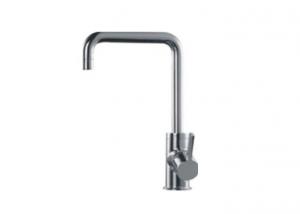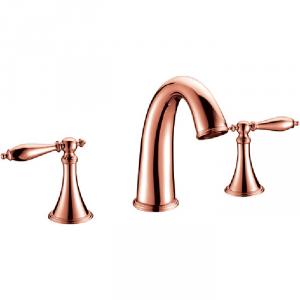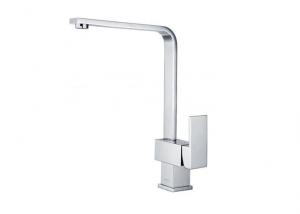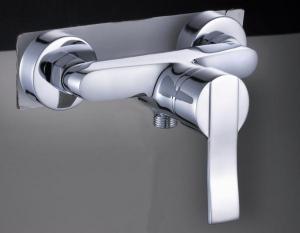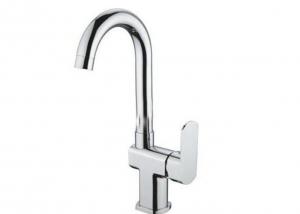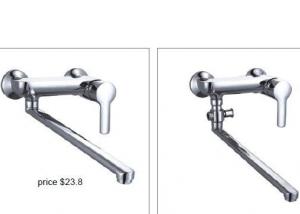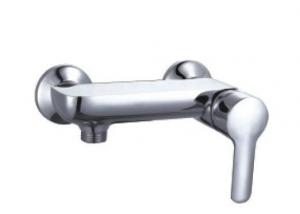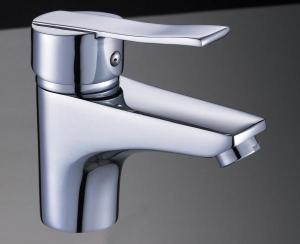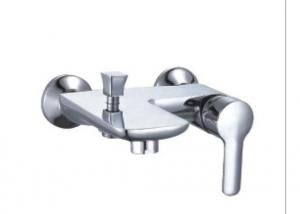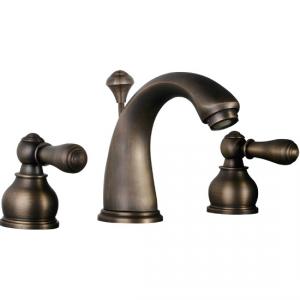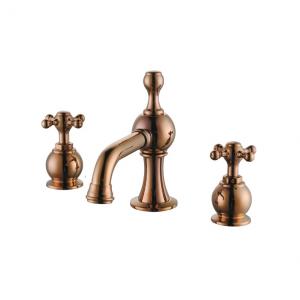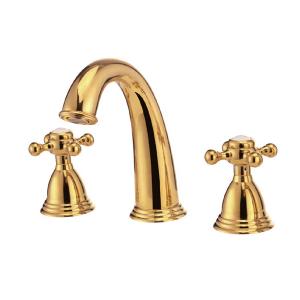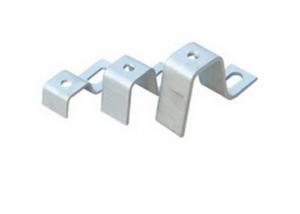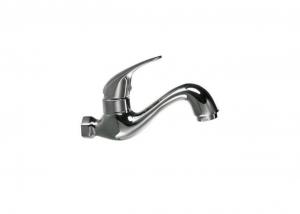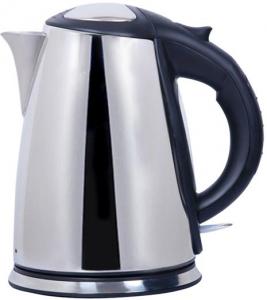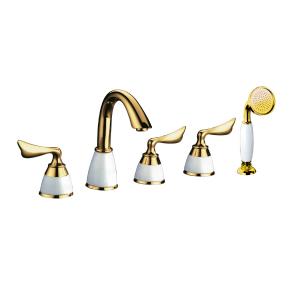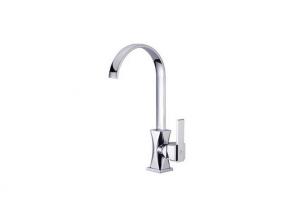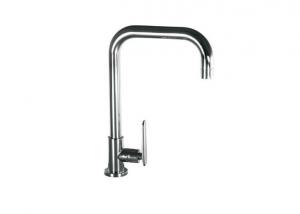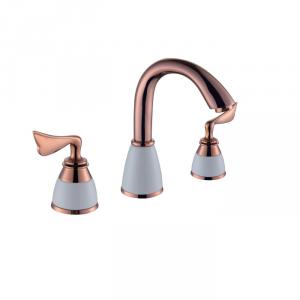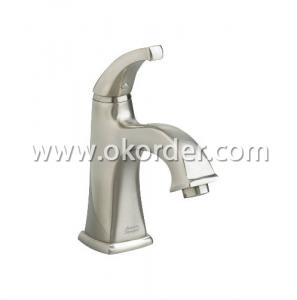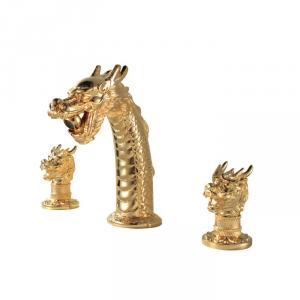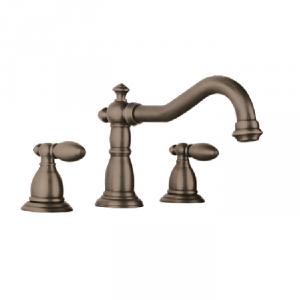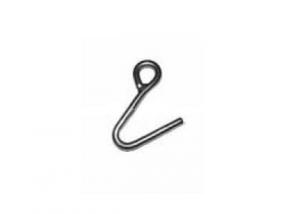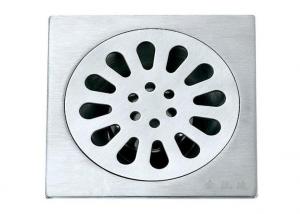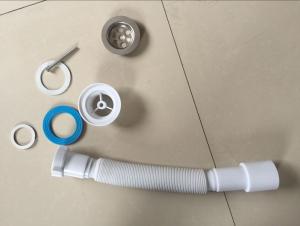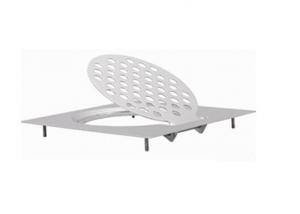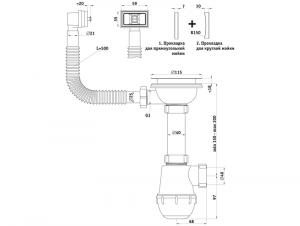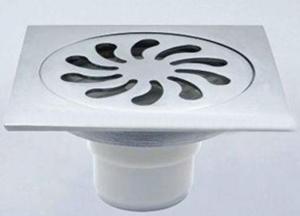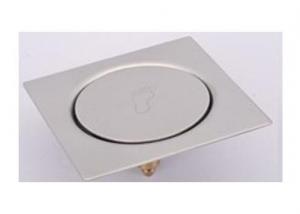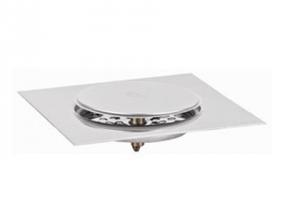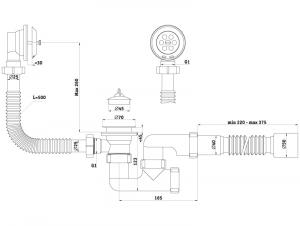Black Stainless Steel Faucet
Black Stainless Steel Faucet Related Searches
Black Stainless Steel Faucets Stainless Steel Faucet Faucet Stainless Steel Kitchen Stainless Steel Faucet Stainless Steel Faucet Rack Kitchen Faucet Stainless Steel Black Stainless Steel Black Stainless Steel Sheet Sus304 Stainless Steel Faucet Black Stainless Steel Kitchen Stainless Steel Black Sus 304 Stainless Steel Faucet Black Stainless Steel Chain Shower Faucet Single Faucet Blacken Stainless Steel Faucet Spout Samsung Black Stainless Steel Black Stainless Steel Paint Touchless Kitchen Sink Faucet Stainless Steel Furniture Water Faucet Blackened Stainless Steel Single Bathroom Faucet Repair Kitchen Faucet Blackening Stainless Steel Stainless Steel Fan Stainless Steel Fountain Single Faucet Kitchen Stainless Steel BlackenerBlack Stainless Steel Faucet Supplier & Manufacturer from China
Black Stainless Steel Faucets are a popular choice for kitchen and bathroom fixtures due to their sleek, modern appearance and durability. These faucets are designed to provide a touch of elegance and sophistication to any space, making them a favorite among homeowners and designers alike. They are crafted from high-quality materials, ensuring they are both stylish and long-lasting.Black Stainless Steel Faucets are widely used in various settings, including residential and commercial properties. They are perfect for kitchens, bathrooms, and even outdoor areas, offering a versatile solution for any space that requires a touch of modernity. These faucets are not only visually appealing but also functional, with features such as pull-down spray heads, touchless technology, and water-saving capabilities.
Okorder.com is a leading wholesale supplier of Black Stainless Steel Faucets, boasting a vast inventory to cater to the needs of various customers. With a commitment to quality and customer satisfaction, Okorder.com ensures that each Black Stainless Steel Faucet is of the highest standard, making it a reliable choice for those looking to upgrade their fixtures.
Hot Products
